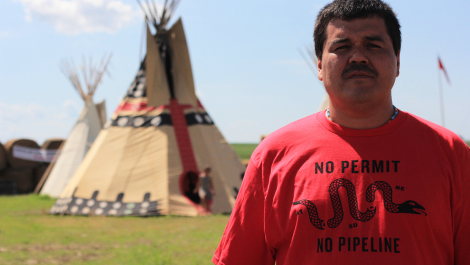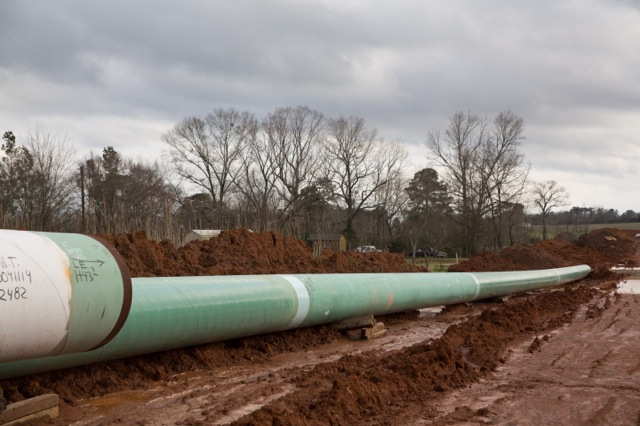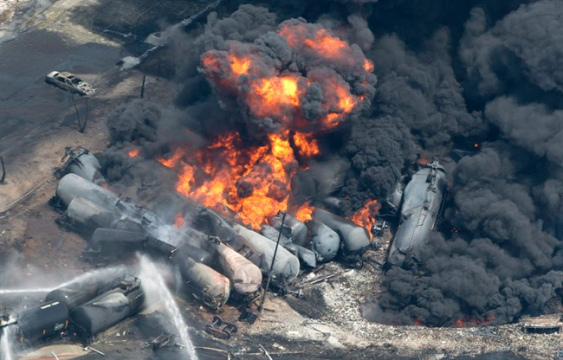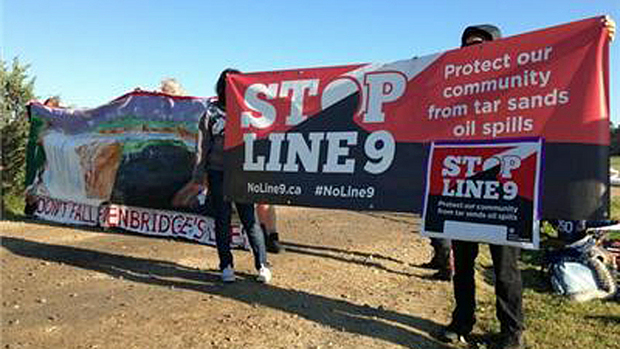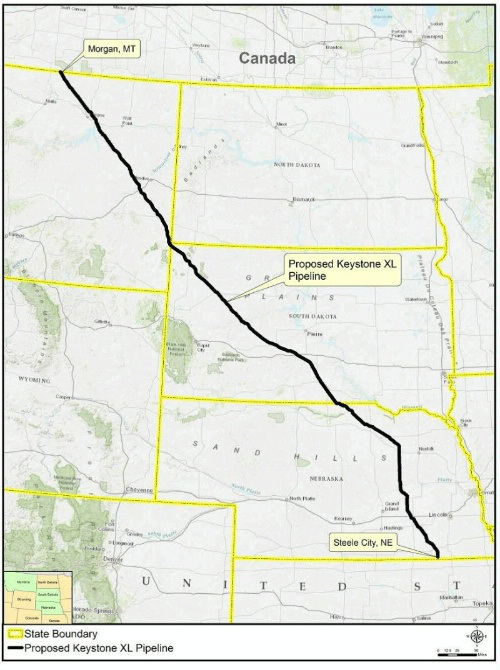By Emily Atkin July 5, 2014 ThinkProgress.org
A small town in Ontario, Canada will be receiving $28,200 from energy company TransCanada Corp. in exchange for not commenting on the company’s proposed Energy East tar sands pipeline project, according to an agreement attached to the town council’s meeting agenda on June 23.
Under the terms of deal, the town of Mattawa will “not publicly comment on TransCanada’s operations or business projects” for five years. In exchange for that silence, TransCanada will give Mattawa $28,200, which will ultimately go towards buying a rescue truck for the town.
“This is a gag order,” Andrea Harden-Donahue, a campaigner for energy and climate issues with the Council of Canadians, told Bloomberg News. “These sorts of dirty tricks impede public debate on Energy East, a pipeline that comes with significant risks for communities along the route.”
The terms of the agreement did not specifically mention the controversial Energy East pipeline, which would carry more than a million barrels of tar sands crude oil across Canada each day. However, the deal is being widely seen as a way for the company to avoid obstacles that may get in the way of the pipeline’s approval — especially considering the obstacles that have long plagued the approval of the controversial Keystone XL pipeline in the United States.
The Energy East pipeline, though, is bigger than Keystone XL — in fact, it’s the most expensive pipeline project TransCanada has ever proposed. If approved, Energy East would carry about 1.1 million barrels of tar sands crude across Canada each day. That’s more than Keystone XL, which would carry 830,000 barrels per day from Canada down to refineries in Texas.
Despite the company’s apparent attempt to avoid obstacles, the Energy East pipeline proposal has already gotten some push-back in Canada. A February report from the Pembina Institute, for example, found Energy East would have an even greater impact on the climate than Keystone XL, with the potential to generate 30 to 32 million metric tons of greenhouse gas emissions each year. That’s the equivalent of adding more than seven million cars to the roads, and more than the 22 million metric tons that the think tank predicts Keystone XL will produce.
Still, representatives from TransCanada insist that the agreement with Mattawa was not intended to avoid or impede public discourse.
“The language in the agreement was designed to prevent municipalities from feeling obligated to make public comments on our behalf about projects that did not impact them and about which they had no experience or knowledge,” TransCanada spokesman Davis Sheremata told Bloomberg. “We are looking at amending our contract language to ensure communities know they and their staff retain the full right to participate in an open and free dialogue about our projects.”
Representatives from Mattawa’s town government have not yet publicly commented on the decision.
As of now, the process for approving the Energy East pipeline is still in its early stages, with TransCanada filing its project description for the pipeline with the National Energy Board in early March. About two-thirds of the Energy East pipeline infrastructure already exists, meaning a major part of the project will be converting that existing line — which currently carries natural gas — into a tar sands crude oil pipeline.
Tar sands oil is controversial because of its unique, thick, gooey makeup. Because of this quality, producers must use what is called “non-conventional” methods of getting the oil out of the ground. Those methods are more carbon-intensive, meaning they emit more greenhouse gases.
Tar sands production also causes a great deal of physical pollution. In Alberta, where the sands are mined, federal scientists have found that the area’s deposits are now surrounded by a nearly 7,500-square-mile ring of mercury.


